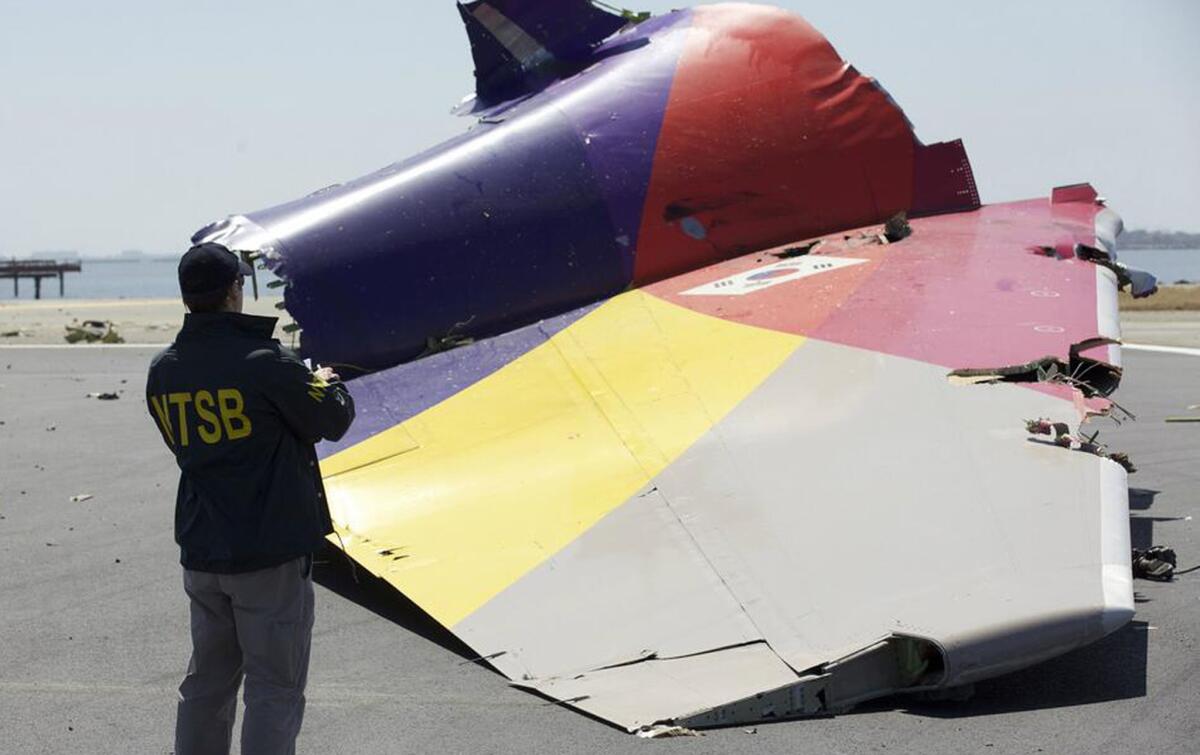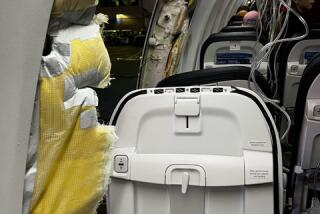Safest seats in an air crash: They’re not where you might think

So, you have to fly soon, but Saturday’s dramatic crash of an Asiana Airlines jetliner in San Francisco has given you a bad case of the jitters?
Short of driving, or taking the train or a ship -- or canceling your trip -- there’s not much choice for modern-day travelers besides airliners.
But, is there anything you can do to increase your odds of survival in a plane crash?
Yes. You can watch where you sit -- and find a seat in the back of the plane.
Remember that statistics class you failed in high school? Well, statistically speaking, those seated toward the rear of an airliner have a better chance of survival in a crash.
In July 2007, Popular Science magazine analyzed the data from every commercial jet crash since 1971 -- 20 in all -- that had fatalities and survivors. It reported:
For several weeks, we pored over reports filed by NTSB crash investigators, and studied seating charts that showed where each passenger sat and whether they lived or died. We then calculated the average fore-and-aft seating position of both survivors and fatalities for each crash.
We also compared survival rates in four sections of the aircraft. Both analytical approaches clearly pointed to the same conclusion: It’s safer in the back.
In 11 of the 20 crashes, rear passengers clearly fared better. Only five accidents favored those sitting forward. Three were tossups, with no particular pattern of survival. In one case, seat positions could not be determined.
Those findings were backed up by the results of an experiment in 2012 in which a Boeing 727 equipped with crash dummies, cameras and other sensors was intentionally crashed in the Sonoran desert in Mexico. As the Mail Online reported:
Experts concluded that no first-class passengers would have survived the impact but 78% of the remaining passengers would have lived, with the chances of survival increasing the further back they were seated.
Of course, statistics are just that, numbers. Airliner crashes are rare, and many involve substantial loss of life and/or are unsurvivable.
Plus, as every weary air traveler knows these days, being in the back of the plane means a longer wait to get off, more cramped seating, even seats that don’t recline or are near the galley and lavatories.
And here’s one more sobering thought: In Saturday’s Asiana crash, most of the victims, both dead and injured, apparently were seated in the rear, which reportedly took the brunt of the impact when the plane struck a seawall.
ALSO:
Night terrors of the uninsured
Poll: Is it the Year of the Horndog in New York?
Pope John Paul II and the trouble with miracles
More to Read
A cure for the common opinion
Get thought-provoking perspectives with our weekly newsletter.
You may occasionally receive promotional content from the Los Angeles Times.







